
As energy conservation and consumption reduction become the key tasks for the sustainable development of mineral processing plants, taking effective measures to improve production efficiency and reduce energy consumption has become an important issue in current mine mineral processing. In the entire mineral processing process, crushing and grinding operations are the two key links in the pre-selection preparation stage, and they are also the links with large investments and high energy consumption. According to statistics, the investment in crushing and grinding equipment accounts for 65% to 70% of the total investment of the entire mineral processing plant, and the electricity consumption accounts for about 50% to 65%. In this context, how to improve crushing and grinding operations, reduce energy consumption, and meet the particle size requirements of separation has become an urgent problem to be solved.
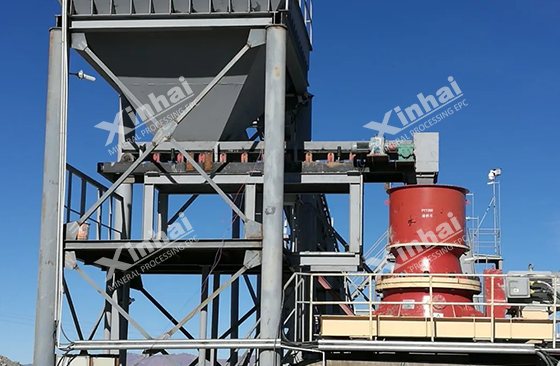
In actual operation, many mineral processing plants fail to fully pay attention to the concept of more crushing and less grinding. Crushing is mainly achieved by the crushing equipment's extrusion and impact on the material, while grinding is mainly achieved by the grinding equipment's impact, grinding and stripping. However, grinding is an operation with high energy consumption and low efficiency. The power consumption of crushing operation is only 8% to 12% of that of grinding operation, and the energy utilization efficiency of crushing operation is much higher than that of grinding operation.
Grinding operation occupies a high energy consumption position in the entire mineral crushing process, accounting for about 89%-93% of the entire mineral crushing operation and 40% to 70% of the concentrator. Since the unit energy consumption of grinding is much higher than that of crushing, improving the crushing and grinding process to achieve more crushing and less grinding has become a key way to improve production efficiency and reduce energy consumption.
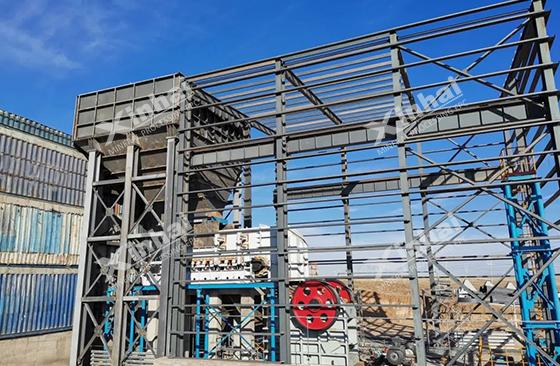
In the mineral processing process, about 60% of the energy consumption is consumed in the crushing operation of ore, so crushing and grinding need to be considered as a whole. For existing mineral processing plants, the crushing and grinding equipment is basically fixed, and efforts need to be made to balance the crushing and grinding capabilities. Reasonably adjust the crusher discharge port, give full play to the comprehensive capabilities of the system, appropriately reduce the grinding particle size, reduce the pressure in the grinding section, and improve the grinding efficiency. The addition of a pre-selection process can remove gangue minerals, enrich the ore in advance, reduce the amount of grinding input, and significantly improve the grinding efficiency.
In the grinding process, try to use rubber lining and magnetic lining technology, add grinding media appropriately based on actual conditions, and strictly control the shape, volume, addition amount and time interval of the media, which can increase grinding output and reduce energy consumption.
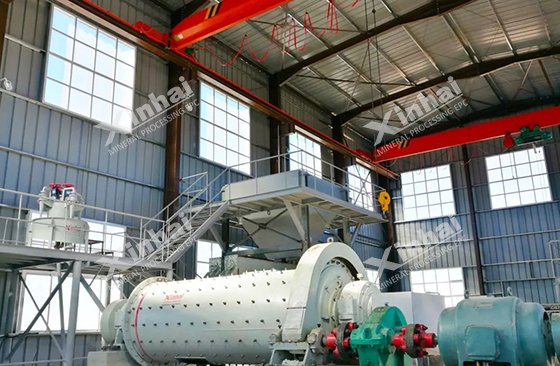
The energy consumption in the grinding stage is usually higher than that in the crushing stage. Therefore, the discharge size should be controlled as much as possible in the crushing stage to reduce the load of the grinding stage. This can be controlled by selecting appropriate crushing equipment and adjusting the size of the discharge port. For example, within the appropriate output range, the minimum discharge size of the jaw crusher can be adjusted to about 40 mm, while the discharge size of the cone crusher can be adjusted to about 5 mm. Of course, the selection of equipment depends not only on the size of the discharge port, but also on factors such as the feed port and output. Generally speaking, the larger the feed port and the larger the discharge port, the higher the output.
Reasonable allocation of the total crushing ratio is also an important parameter for adjusting the crushing process, including increasing the crushing ratio of coarse or medium crushing, increasing the number of crushing stages, and changing open-circuit crushing to closed-circuit crushing. The crushing ratio of each stage depends on the nature of the ore, the performance of the equipment and the type of crushing stage. If the crushing process remains unchanged, the size of the discharge port can be reduced and the crushing ratio of each stage can be slightly increased under the condition of ensuring the processing capacity, so as to give full play to the potential of the crusher.
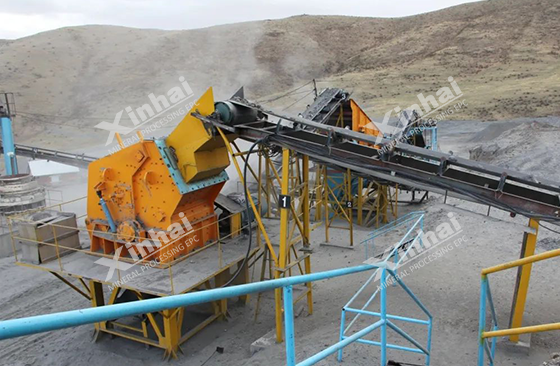
In order to save costs, in the production of mineral processing equipment, crushing and grinding equipment account for the main part of the cost, and the production cost of grinding equipment is usually higher than that of crushing equipment. Therefore, mineral processing plants often use the following crushing equipment: jaw crusher, which has high production capacity, large crushing ratio and high crushing efficiency, and is mainly used for coarse crushing; hammer crusher, single rotor ring hammer design, suitable for processing low hardness and brittle materials; spring cone crusher, used as medium and fine crushing equipment, the spring is not only a safety device but also affects the crushing force, the standard type is suitable for medium crushing, the medium type is suitable for medium and fine crushing, and the short head cone crusher is suitable for fine crushing; single cylinder hydraulic cone crusher, which uses a hydraulic system to adjust the discharge port and has an overload protection function.
In terms of grinding equipment, beneficiation plants usually use ball mills. Common ball mills include overflow type and grid type. The type of mill is selected according to the technical indicators of mineral processing. The grid type ball mill has fast discharge, coarse particle size and high processing capacity, and is generally used for one-stage grinding operations; the overflow type ball mill is suitable for concentrate regrinding operations, with a longer grinding time and lower processing capacity, but can obtain qualified products with finer particle size, and is generally used for two-stage grinding operations. Such equipment selection and adjustment can not only meet the requirements of mineral processing technology, but also achieve cost savings.
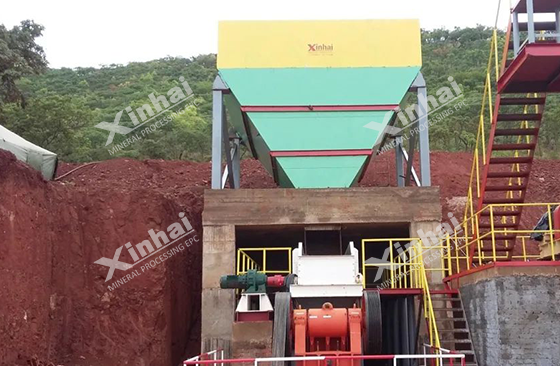
"More crushing and less grinding" is not only a slogan for energy saving and consumption reduction, but also a feasible energy-saving strategy. Usually, the choice of crushing and grinding process often depends on many factors such as ore properties, beneficiation plant scale, beneficiation plant environment, investment cost, equipment used, etc. Comprehensive consideration determines the trade-offs. Through reasonable process design and equipment optimization, it can reduce energy consumption while improving economic benefits. Therefore, mineral processing plants should actively take effective measures to continuously improve the process flow to achieve the goal of "more crushing and less grinding".
To find out more about our products and solutions, please fill out the form below and one of our experts will get back to you shortly.